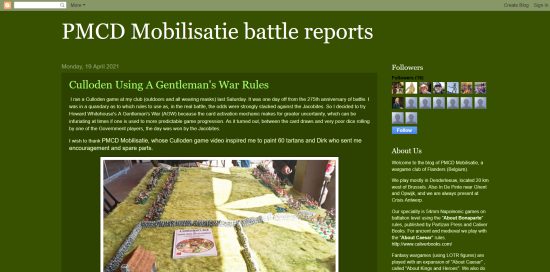During the Christmas season, I've made the habit of visiting the $1.00 USD stores and picking up the trees that come with various Christmas village sets - usually 2 trees to a pack.

The trees are simply trimmed green brushes, anchored to a small wooden base. For my purposes, however, I'd like to transplant this tree to a heavier, wider base that I can flock.
I thought the job would be simpler if I started with a shape that was approximately what I was looking for, so I strolled through various craft and hobby stores looking for the "right" object. And then I saw them:

Wooden wheels! (They come 4 in a pack for $1.00 USD at the local craft store.) My plan was to add some clay to the sides to slope them down, fill in the top with some more clay - presto! Right?

It didn't work out that easy. I tried the DAS Clay that I've mentioned previously. I found I could put a "skin" over the wheel, but that whenever I tried to build it up, it just slid away from the wheel underneath. So I did the best I could, and let it dry.
Then I decided to see if I could add more clay to the clay that was already dry. At first, I couldn't get the new clay to adhere at all to the old clay. Then I stumbled on a trick: I took a small bit of clay, and "smeared" it with my thumb into the surface of the dried clay. For some reason, this micro-thick layer of clay did "stick," and then I could add more clay...


Then - after some sanding, filing, and more clay being added - I got something close to what I wanted:


Now I flocked the base, extracted the tree from its original base (be careful not to untwist it, or you'll start losing the bristles!), and glued the tree to its new base.










